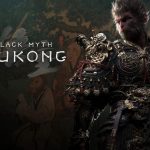If you’ve ever wondered how to bring the magic of Chinese mythology to life, look no further than Black Myth: Wukong, the hit action-packed video game that’s taking the gaming world by storm. Based on the timeless classic Journey to the West, this game draws inspiration from the legendary Monkey King, Wukong, as he embarks on an epic quest filled with powerful deities, mythical creatures, and mind-blowing landscapes.
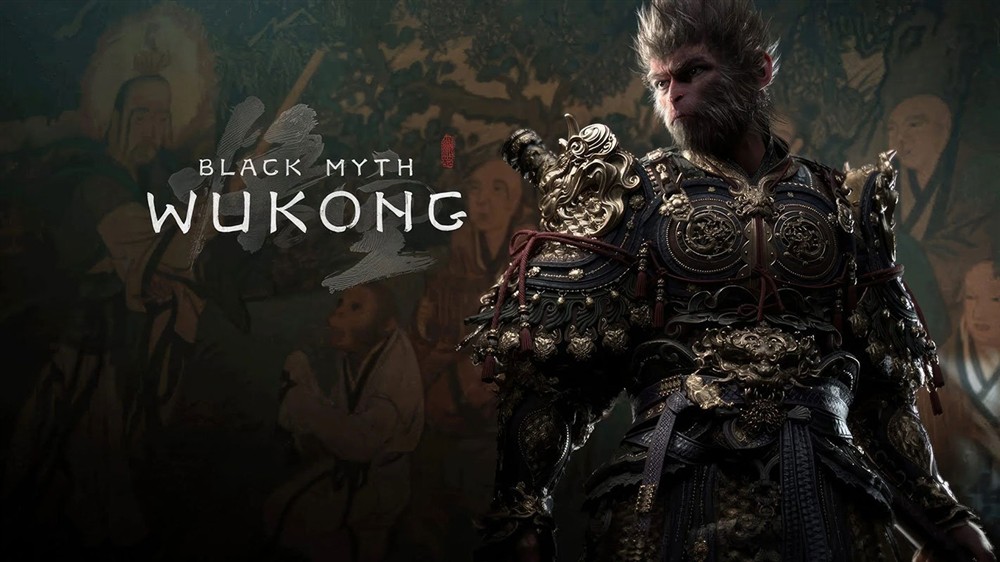
But what if you could experience the awe-inspiring locations of this mythical adventure firsthand? Well, China Vistas has got you covered with a guide to the stunning real-life places where the game’s breathtaking scenery takes shape. Ready to walk in the footsteps of the Monkey King? Let’s dive into the real-world wonders that inspired Black Myth: Wukong!
The Legend of Wukong: A Brief Journey to the West
Before we take you on a journey through China’s most incredible destinations, let’s refresh our memories on the iconic character at the heart of it all—Wukong, the Monkey King. In Journey to the West, Wukong is a mischievous yet powerful deity who defies the heavens, wielding the magical staff Ruyi Jingu Bang and having the ability to transform into different creatures. His journey takes him on a life-changing adventure where he learns valuable lessons of humility and loyalty.
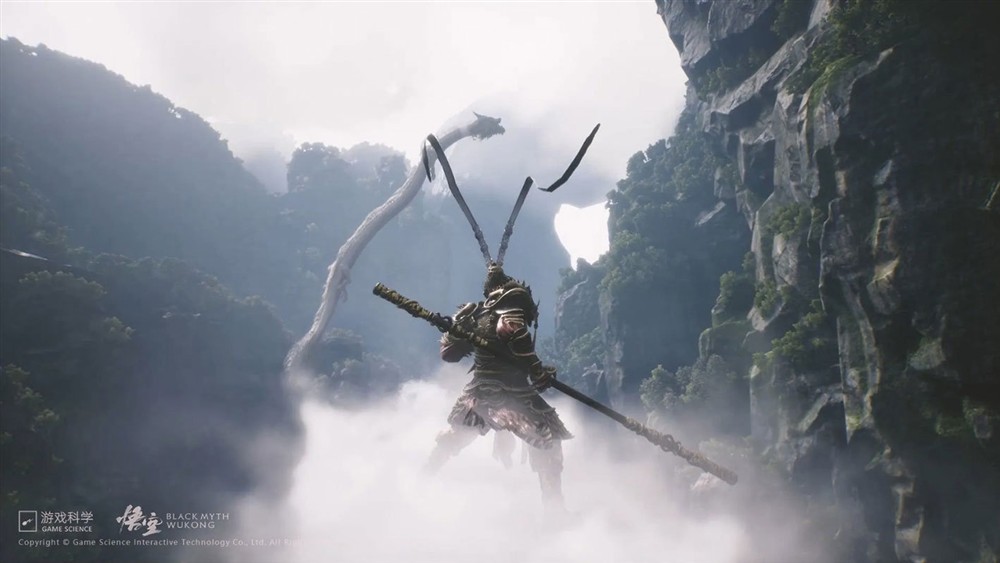
In Black Myth: Wukong, this legendary figure comes to life in an expansive open world, allowing players to experience Wukong’s mythological feats and epic confrontations. The game uses stunning visuals and cinematic battles, immersing you in a world of ancient Chinese folklore and spiritual symbolism.
Real-Life Locations that Brought Wukong’s World to Life
Though Wukong’s world is steeped in fantasy, the locations that inspired the Black Myth: Wukong game are real and waiting for you to explore. China boasts some truly majestic landscapes that echo the beauty and otherworldly essence found in the game. Here are some of the must-see places in China that reflect the grandeur of the Monkey King’s adventures:
Mount Huashan – The Ultimate Challenge
One of the most iconic locations in Journey to the West is the treacherous journey through dangerous mountains. Mount Huashan, located in Shaanxi Province, offers awe-inspiring landscapes that could easily pass for the rugged terrain from Wukong’s world. Known for its sheer cliffs and vertigo-inducing trails, Mount Huashan is perfect for those who want to test their limits—just like the fearless Monkey King.
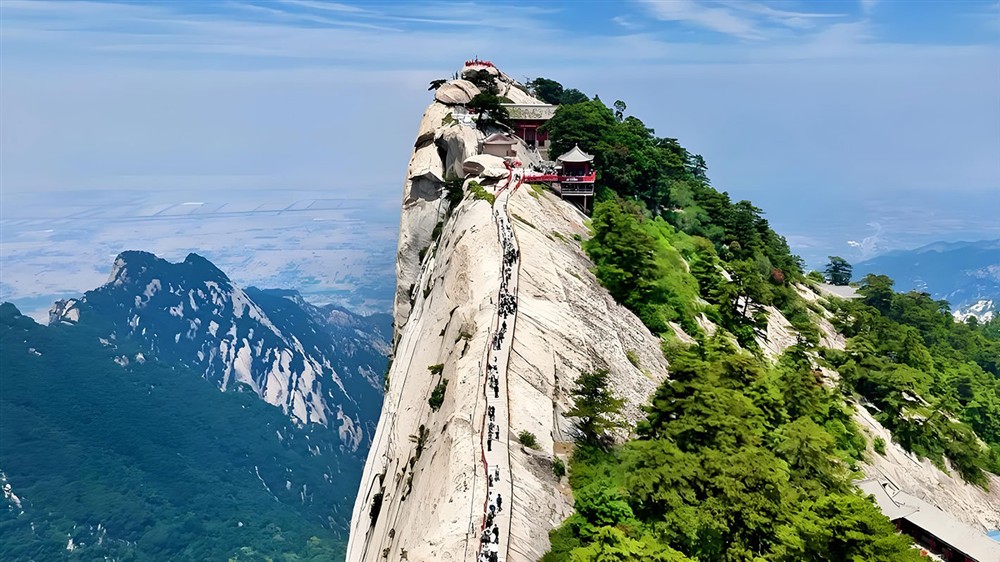
Mount Wutai – The Heavenly Realm
In the game, the Heavenly Realm serves as a crucial battleground for gods and demons. Mount Wutai in Shanxi Province, one of China’s most sacred Buddhist mountains, resembles the celestial locations in the game, with its stunning temples and panoramic views. The mountain’s towering peaks and serene surroundings evoke a sense of divine beauty, offering a peaceful escape to the real-life “heavens” that Wukong would have ventured through.
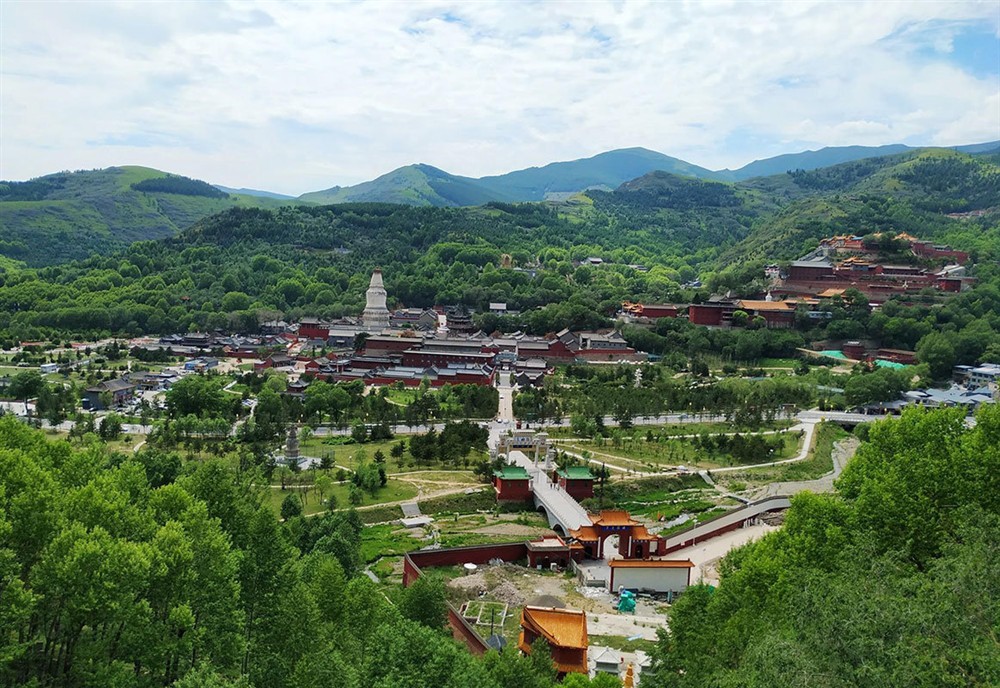
Zhangjiajie – The Floating Mountains of Pandora
Zhangjiajie National Forest Park in Hunan Province is one of the most striking places in China and is widely considered to have inspired the floating mountains in Avatar. The park’s towering sandstone pillars create a surreal landscape that could easily double for the fantastical scenery featured in Black Myth: Wukong. The dramatic cliffs and misty valleys offer a perfect backdrop for Wukong’s epic adventure. Don’t forget to check out the glass bridge, which offers a breathtaking view of the surrounding mountains.
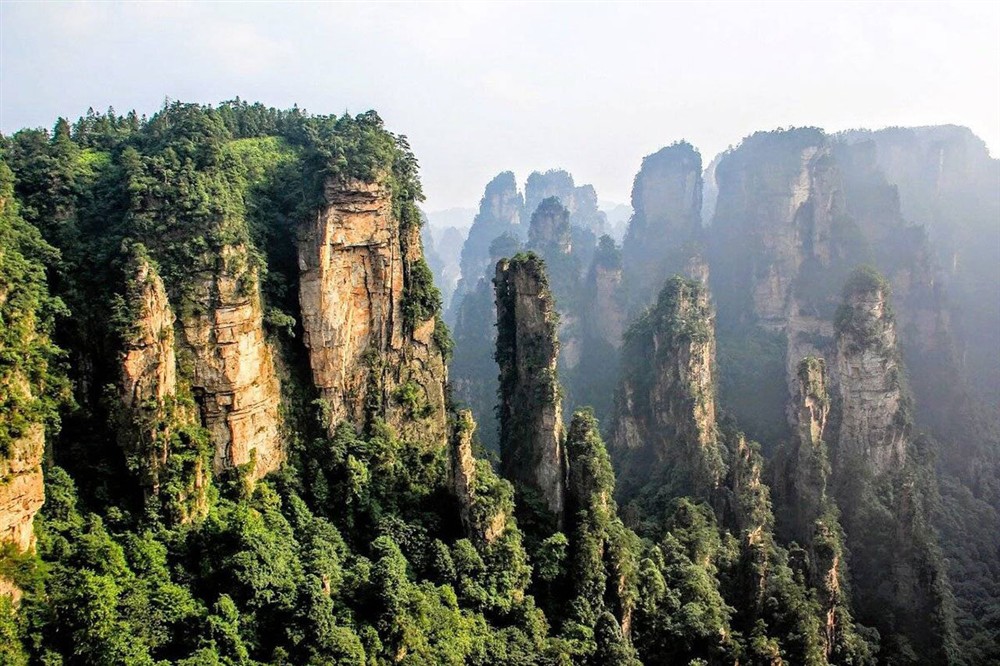
Jiuzhaigou Valley – The Realm of Beauty and Mystery
With its crystal-clear lakes, cascading waterfalls, and lush forests, Jiuzhaigou Valley in Sichuan Province could easily be a place out of Wukong’s mystical journey. The natural beauty and vibrant colors of Jiuzhaigou reflect the rich folklore and fantastical worlds of the game. As Wukong travels through enchanted forests and mystical lakes in his quest, Jiuzhaigou provides a living, breathing example of nature’s most magical landscapes.
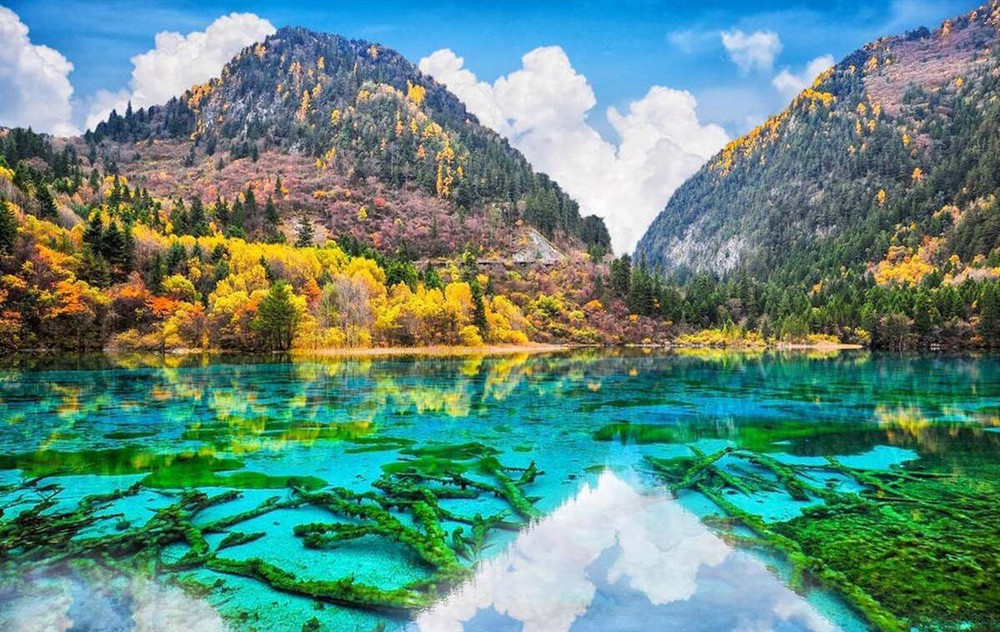
The Gobi Desert – The Land of the Golden Palace
In Journey to the West, the Monkey King journeys across many dangerous terrains, including vast deserts. The Gobi Desert, stretching across northern China, mirrors the barren landscapes Wukong might have encountered on his travels. The seemingly endless dunes, ancient ruins, and stark beauty of the desert make it an ideal place to experience the gritty side of Wukong’s world, where survival and resilience are tested.
Lijiang – The Enchanted City
Lijiang in Yunnan Province is an ancient city surrounded by stunning mountains and vibrant cultural heritage. This UNESCO World Heritage city offers a glimpse into the magical world of Chinese folklore, with its traditional Naxi culture, historic architecture, and stunning landscapes. Lijiang’s intricate wooden bridges, winding alleys, and centuries-old architecture create an immersive experience that transports visitors into the heart of the mythical world, much like Wukong’s home.
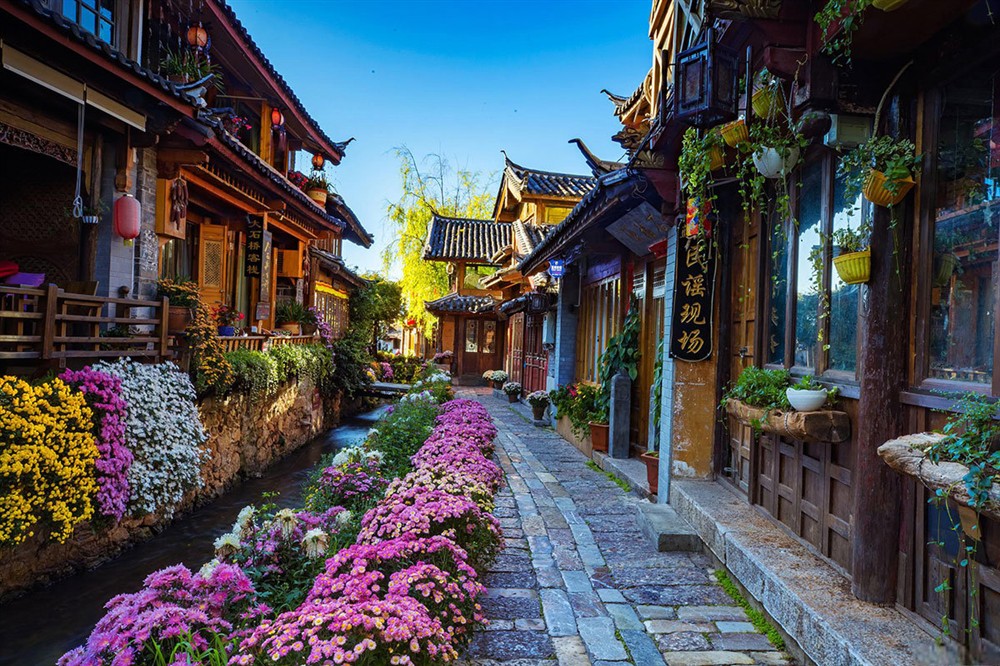
Experience the Magic of Wukong’s World in China
If you’re inspired by the fantastical adventure in Black Myth: Wukong, why not explore the real-life locations that helped shape its breathtaking landscapes? Whether you’re trekking the towering peaks of Mount Huashan, exploring the mystical Zhangjiajie, or experiencing the tranquil beauty of Jiuzhaigou, China is full of magical destinations that embody the spirit of Journey to the West.
So pack your bags and join us at China Vistas to experience the mythical world of Wukong, where the magical and the real collide in a journey through some of China’s most iconic and breathtaking landscapes. ✨??
Contact us today to craft your dream China adventure!


